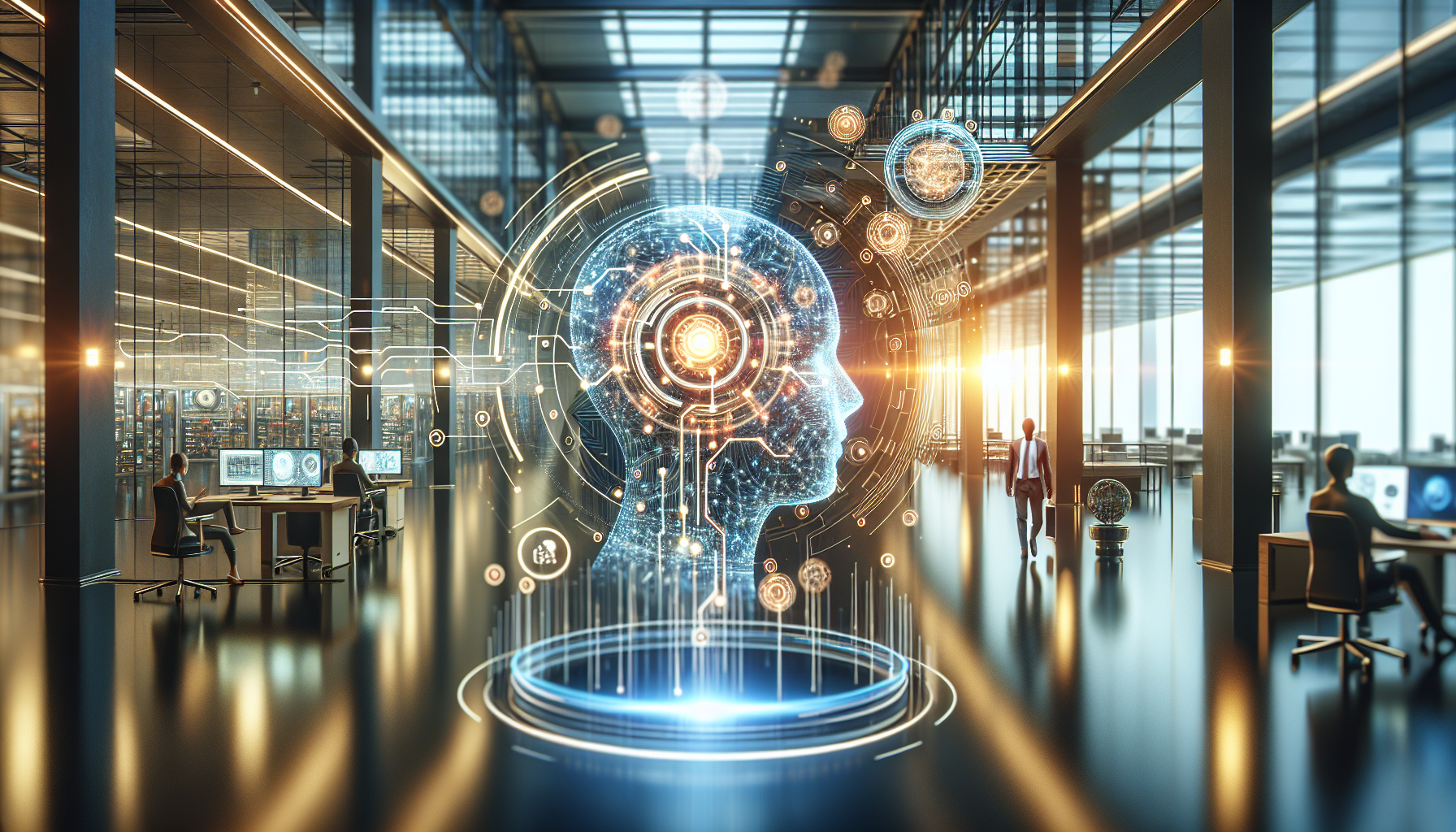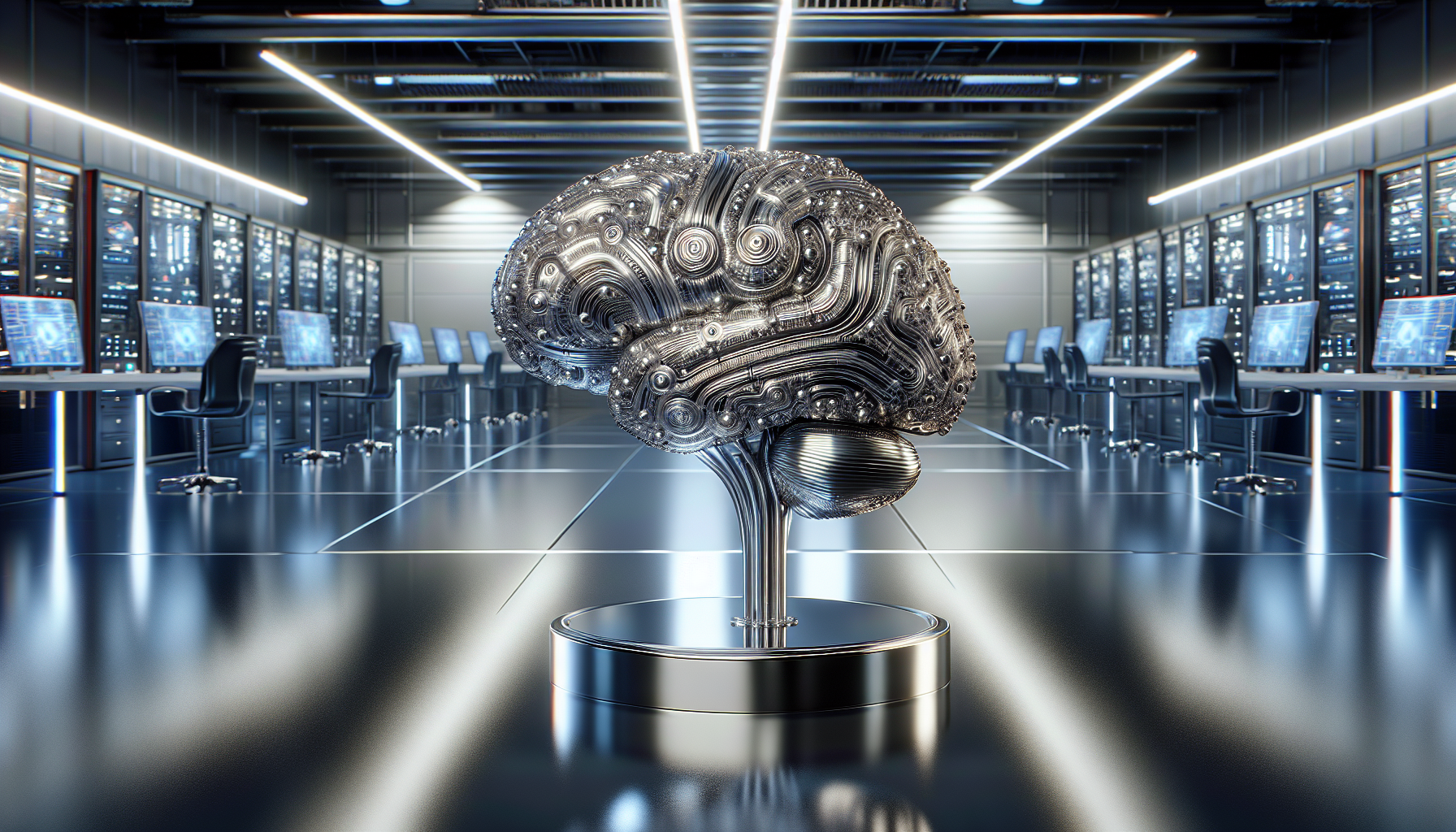
AI-Driven Accessibility: A Case Study on Empowering Individuals with Disabilities
November 17, 2025
In the realm of technological innovation, artificial intelligence (AI) has emerged as a formidable tool in enhancing accessibility for people with disabilities. By breaking down barriers and fostering independence, AI technologies are redefining what it means to navigate the world for millions who face challenges due to physical or cognitive impairments. This case study delves into specific instances where AI has been instrumental in transforming lives, highlighting its potential and the technical underpinnings that make it possible.
One of the most compelling examples of AI’s impact is its integration into assistive technologies designed for visually impaired individuals. Computer vision, a subset of AI, has been pivotal in this sector. By leveraging advanced algorithms and machine learning, AI systems can interpret and describe visual information in real-time, effectively acting as a digital eye. Consider the deployment of AI-powered smart glasses. These devices capture images of the surroundings, analyze them, and then provide auditory feedback to the user. The technical process involves the use of convolutional neural networks (CNNs) that are trained on vast datasets to recognize and differentiate objects, text, and spatial layouts.
A case in point is a project undertaken by a leading tech firm in collaboration with a nonprofit dedicated to accessibility solutions. This initiative focused on developing an AI system capable of reading and interpreting complex environments. The AI's ability to distinguish between different objects and provide contextually relevant audio cues not only aids in navigation but also enhances the user’s confidence in unfamiliar settings. The technical challenge was significant: training the AI to process and respond to dynamic environments accurately and swiftly. This was achieved through reinforcement learning, where the AI system was continuously refined based on real-world feedback from users.
Another notable application of AI in accessibility is speech recognition technology, which is particularly beneficial for individuals with hearing impairments. Traditional hearing aids amplify sound, but AI-driven devices go a step further by processing and isolating specific speech patterns from background noise. This is accomplished through deep learning models that analyze auditory input and enhance speech clarity. The case study of a university research project illustrates this well. Researchers developed an AI system that could transcribe spoken language into text in real-time, providing a visual representation of conversations for the deaf and hard of hearing.
The technical aspect of this system involves natural language processing (NLP) and neural networks that have been trained on diverse speech datasets. The AI's ability to adapt to different accents and dialects is a testament to its sophisticated design and training. The learning process includes feedback loops where errors in transcription are identified and corrected, thereby improving the system’s accuracy over time.
Additionally, AI has made significant strides in aiding individuals with mobility impairments. Robotic assistance, powered by AI, offers a glimpse into the future of personalized support. Exoskeletons, for instance, are wearable robots that assist with movement and rehabilitation. These devices utilize AI algorithms to adjust to the user’s movement patterns, providing support where needed. A collaborative project between engineering firms and healthcare providers resulted in an AI-driven exoskeleton that could learn and adapt to a patient’s unique gait. The technology employs sensors and AI models to interpret motion data, ensuring seamless assistance.
The potential of AI in enhancing accessibility is vast, but it is not without challenges. Ethical considerations, such as data privacy and algorithmic bias, must be addressed to ensure equitable access to these technologies. Furthermore, the cost of implementing AI solutions can be prohibitive. However, as the technology matures and becomes more widespread, these hurdles are likely to diminish.
The transformative effect of AI in accessibility is a testament to the power of technology to improve human lives. It raises an intriguing question: as AI continues to evolve, how might society harness its potential to create a more inclusive world for all individuals, regardless of their physical or cognitive challenges? The answers lie in continued innovation and commitment to addressing the unique needs of every individual, ensuring that AI remains a tool for empowerment and equality.


